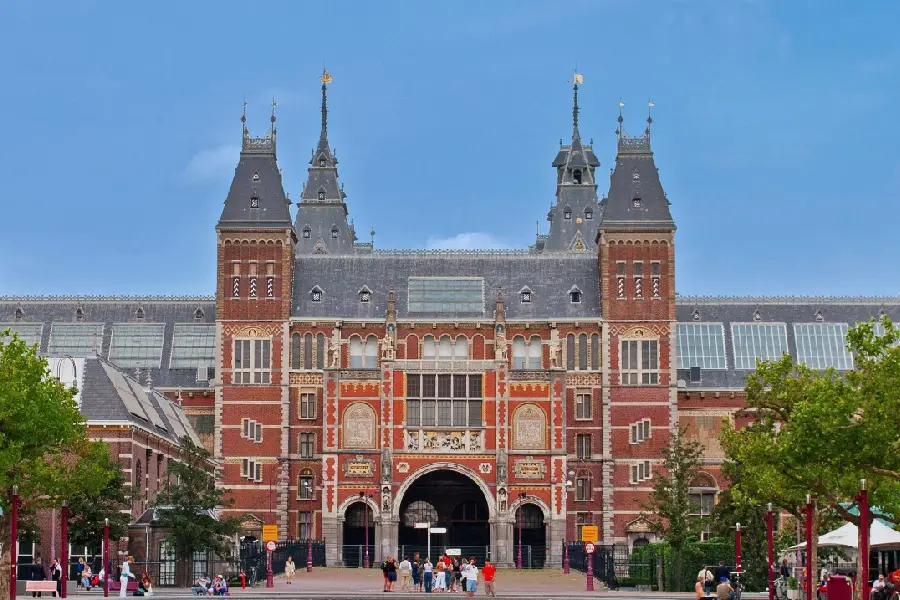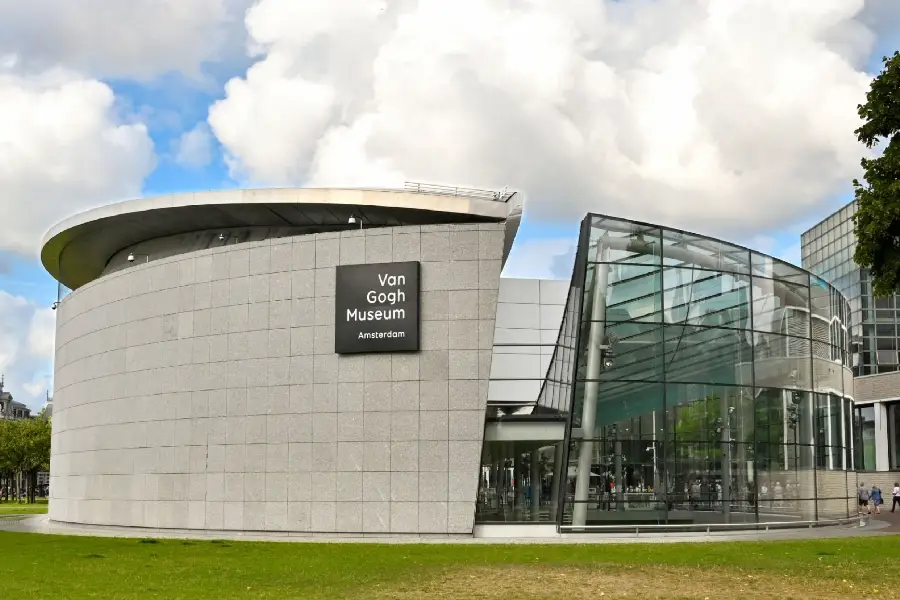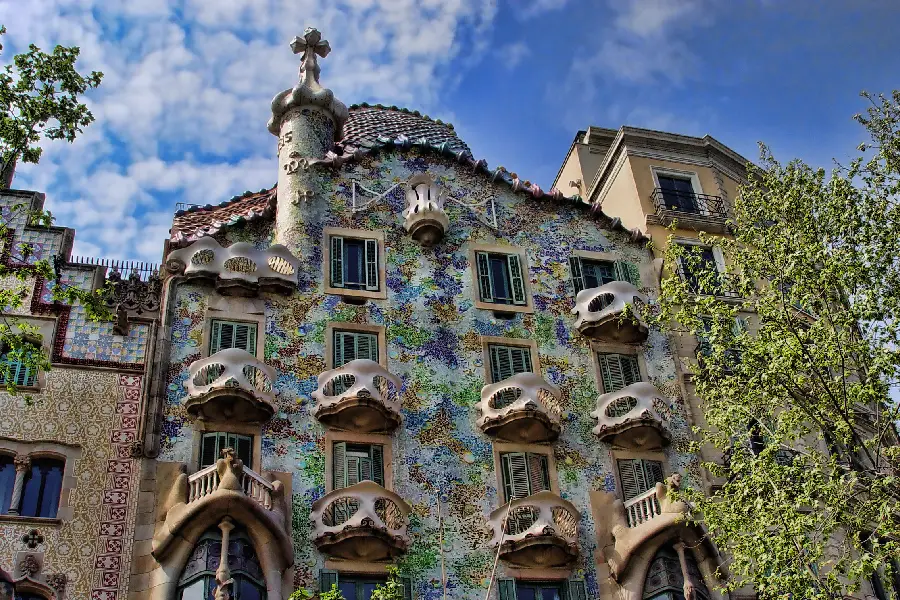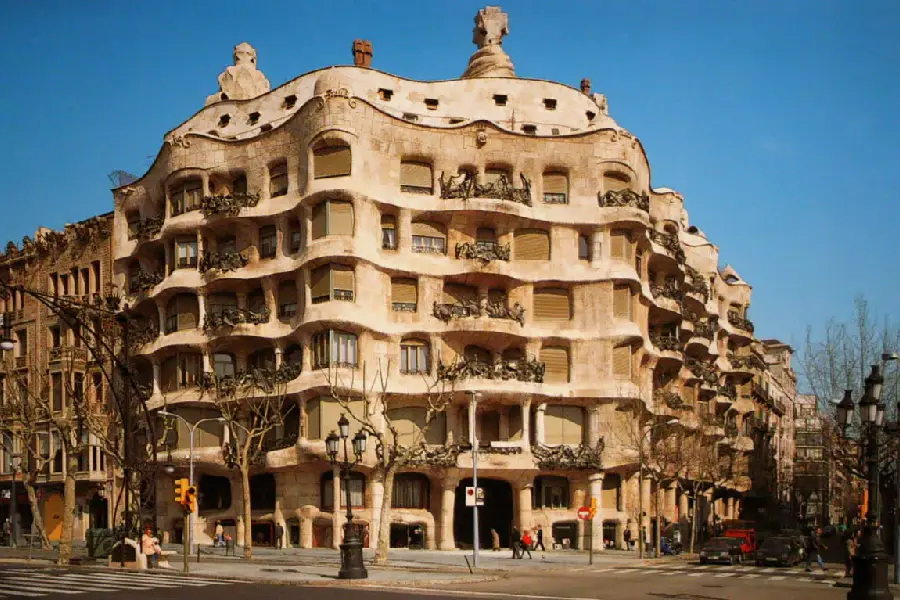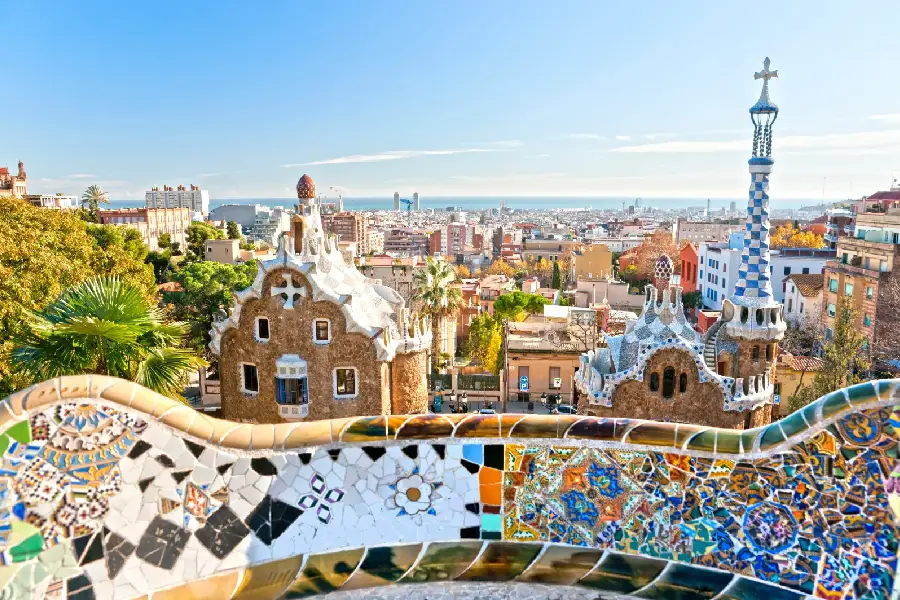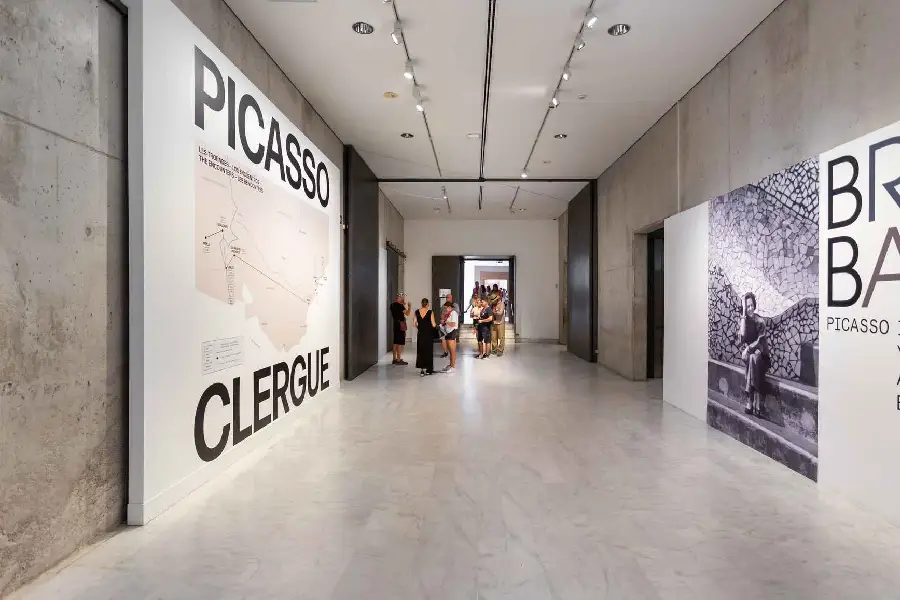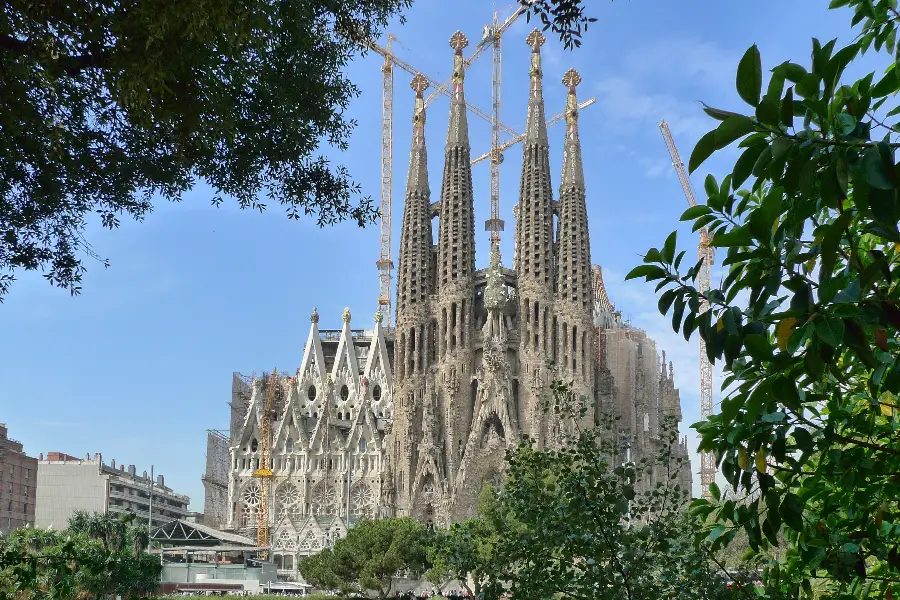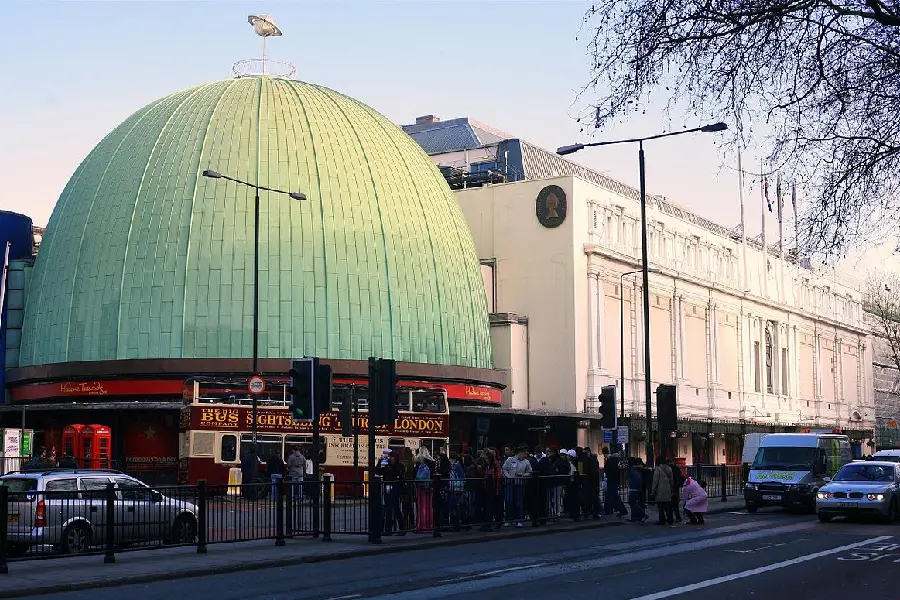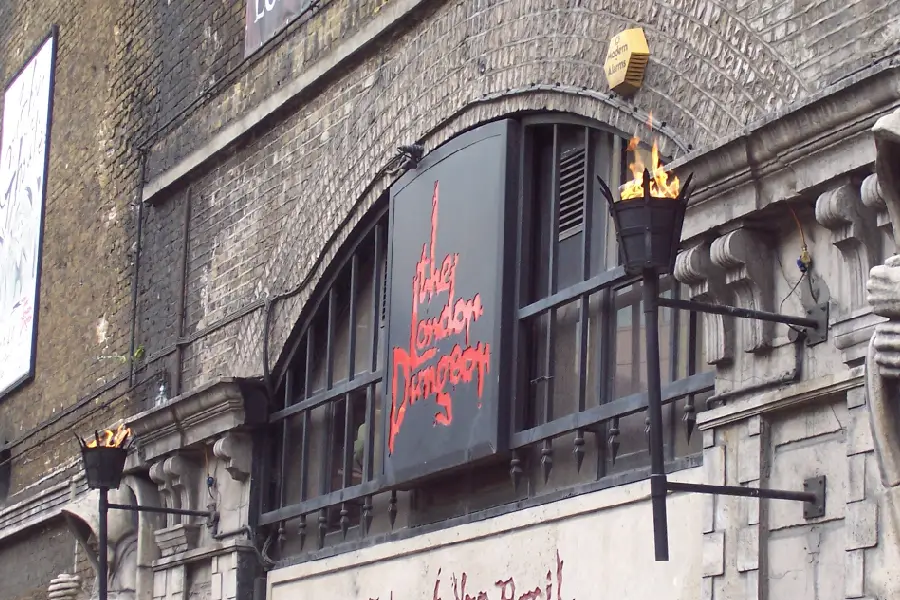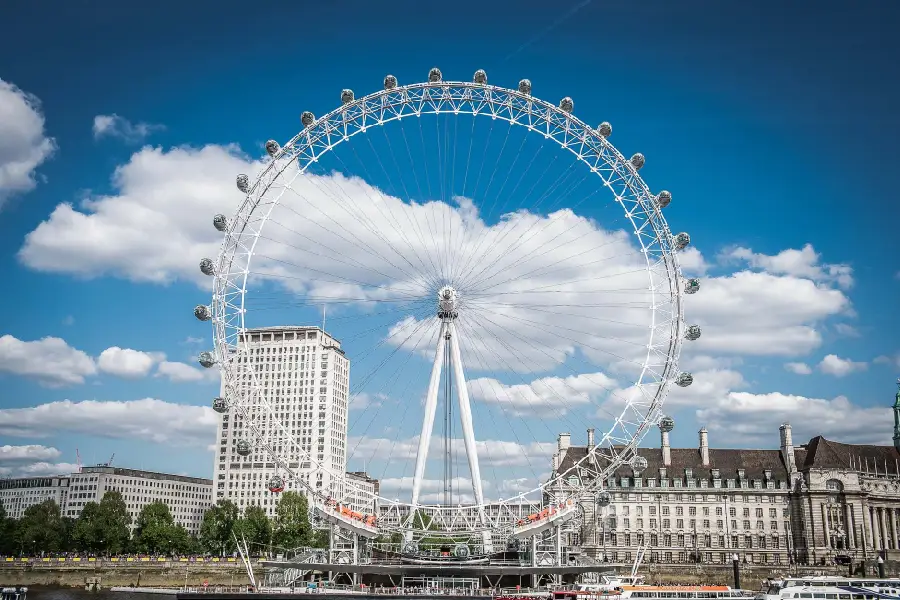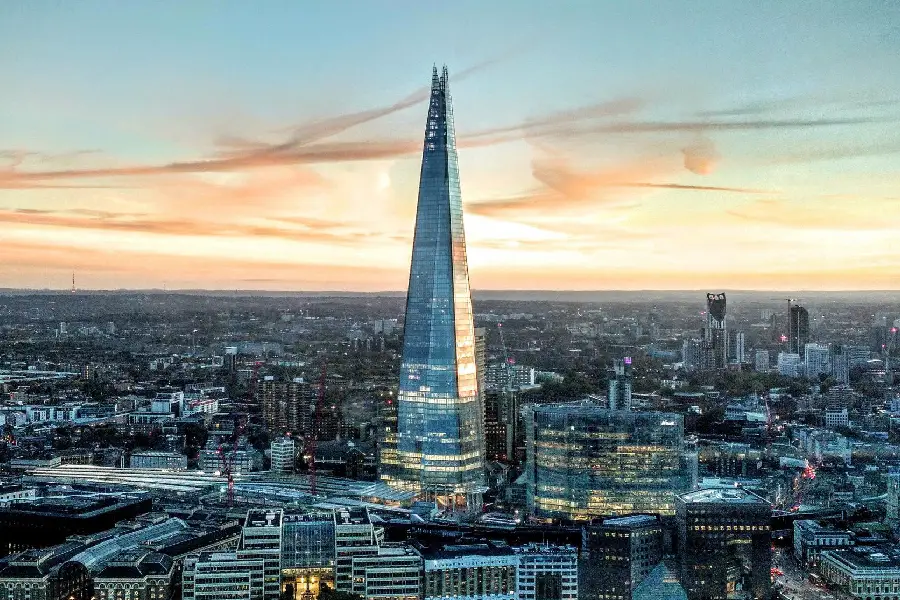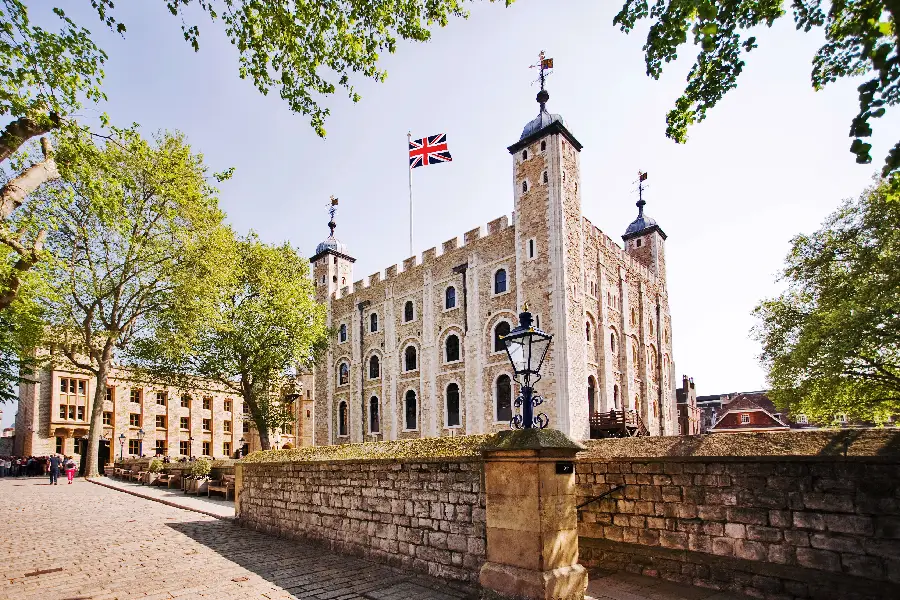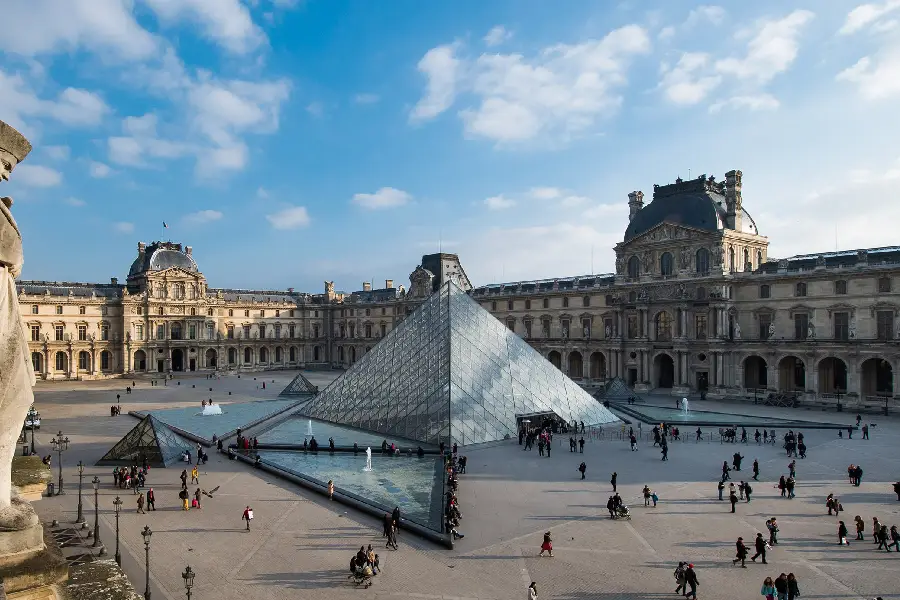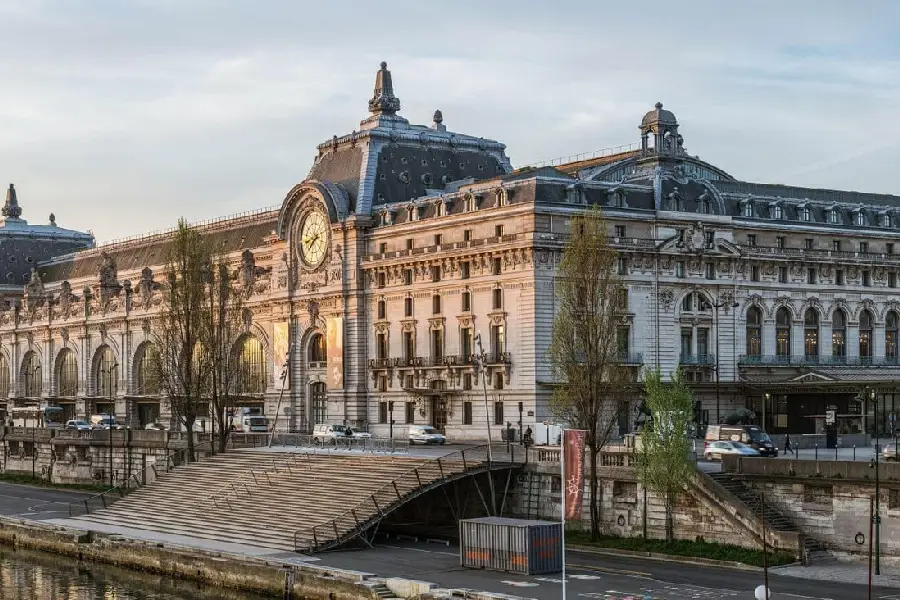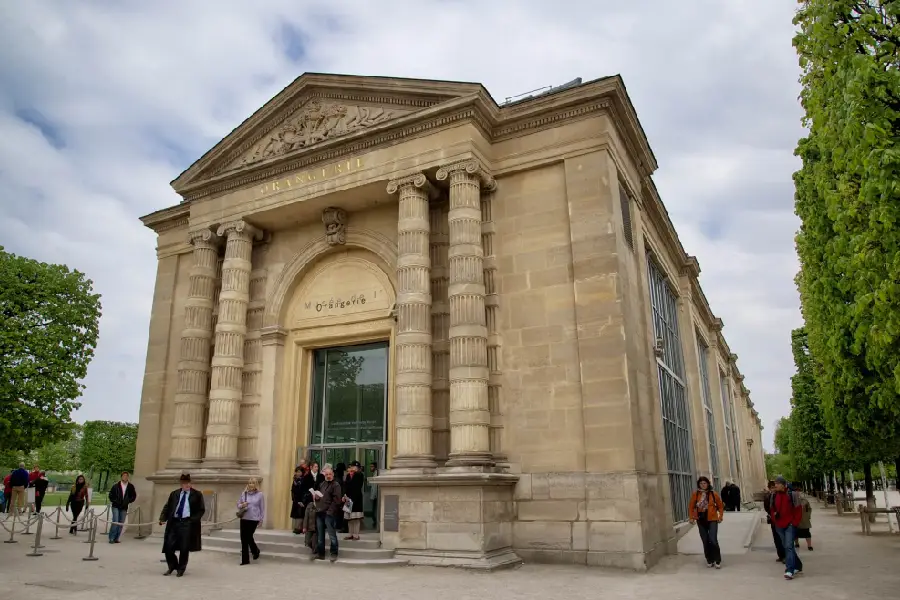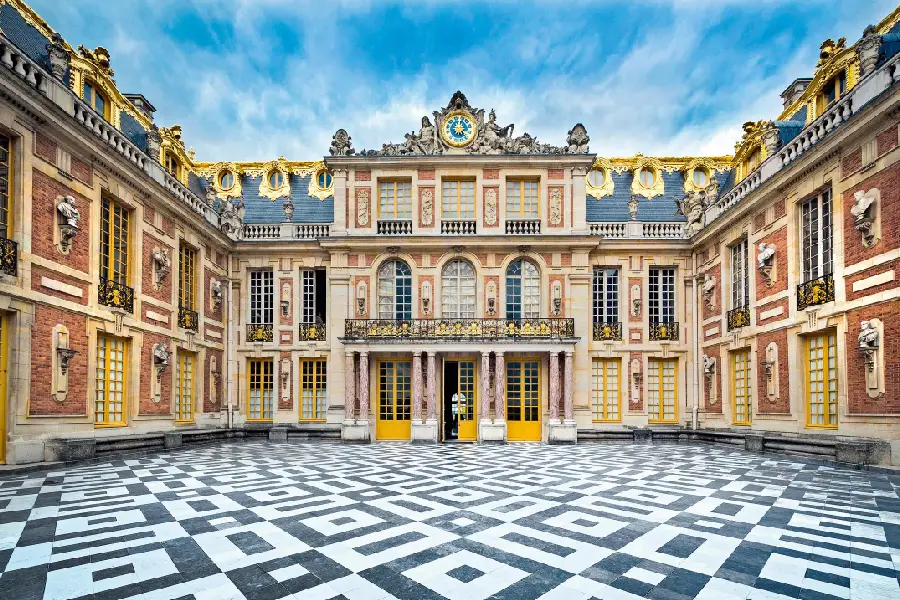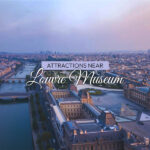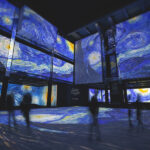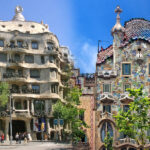The Musée d’Orsay is a renowned museum located in Paris, France. It is housed in the former Gare d’Orsay, a railway station built in the Beaux-Arts architectural style. The museum is situated on the left bank of the Seine River and is known for its extensive collection of Western art from the period spanning 1848 to 1914.The museum’s building itself is a work of art, and visitors can appreciate the architectural beauty of the former railway station while exploring the diverse and influential works of art inside. The Musée d’Orsay is a popular destination for art enthusiasts, tourists, and locals alike, offering a rich cultural experience in the heart of Paris.
Table of Contents
When was The Musée d’Orsay Built
The Musée d’Orsay is located in the former Gare d’Orsay, a railway station that was constructed for the Exposition Universelle (World’s Fair) held in Paris in 1900. The railway station, designed in the Beaux-Arts architectural style by Victor Laloux, served as a terminal for trains arriving from southwestern France. It was in operation as a railway station from 1900 to 1939.
After the station closed, there were plans to demolish the building. However, it was later repurposed and converted into an art museum. The transformation into the Musée d’Orsay took place in the 1980s, and the museum officially opened to the public on December 9, 1986. The conversion of the former railway station into a museum was a significant architectural and cultural project, preserving the historic structure while creating a space to house and showcase an extensive collection of French art from the 19th and early 20th centuries.
What to see at Musse d’Orsay
The Musée d’Orsay is home to an impressive collection of art from the period spanning 1848 to 1914. Here are some highlights and notable artworks you may want to see when visiting the museum:
1. Impressionist and Post-Impressionist Paintings:
Works by renowned artists such as Claude Monet, Edgar Degas, Pierre-Auguste Renoir, and Édouard Manet. Look out for Monet’s “Water Lilies” series and Degas’ “The Dance Class.”
2. Vincent van Gogh’s Masterpieces:
The museum houses several iconic paintings by Vincent van Gogh, including “Starry Night Over the Rhône” and “Bedroom in Arles.”
3. Gustave Courbet’s “The Artist’s Studio”:
This monumental painting by Courbet is a key example of Realism and is known for its complexity and symbolism.
4. Édouard Manet’s “Olympia” and “Luncheon on the Grass”:
These paintings caused quite a stir when they were first exhibited and are important examples of Manet’s provocative style.
5. Sculptures:
The Musée d’Orsay features a variety of sculptures, including works by Auguste Rodin, Camille Claudel, and others.
6. Art Nouveau and Decorative Arts:
Explore the museum’s collection of Art Nouveau furniture, jewelry, and decorative arts, showcasing the style of the late 19th and early 20th centuries.
7. Symbolist and Nabis Paintings:
Discover works by artists associated with Symbolism, such as Odilon Redon, and the Nabis group, including Pierre Bonnard and Édouard Vuillard.
8. The Clock and Architecture:
Admire the grand clock in the museum’s main hall, which is a notable feature of the former railway station. Also, take in the architectural details of the Beaux-Arts structure.
9. Temporary Exhibitions:
Check for any temporary exhibitions or special displays that may be featured during your visit. The museum often hosts rotating exhibits to complement its permanent collection.
Remember that the museum’s collection is vast, and these are just a few highlights. Depending on your interests, you may want to plan your visit to focus on specific artists, movements, or themes within the broader scope of 19th and early 20th-century art.
What day is the Musée d’Orsay closed
The Musée d’Orsay in Paris was typically closed on Mondays. However, it’s important to note that museum schedules can change, and it’s always a good idea to check the official website or contact the museum directly for the most up-to-date information on opening hours and closures.
Keep in mind that holidays or special events may also affect the museum’s schedule, so verifying the information closer to your planned visit is advisable.
Musee d’Orsay Tickets
Gain special entry to the Musée d’Orsay and indulge in an enriching experience within one of the globe’s premier museums. Uncover masterpieces by Impressionist and Post-Impressionist artists, such as Renoir and Van Gogh. This ticket provides you with the privilege to bypass the extended queues at the entrance, granting you swift access to the attraction. Additionally, savor a delightful cruise along the Seine River. Immerse yourself in the renowned art collection of one of the world’s most distinguished museums at your own leisure, all made hassle-free with this skip-the-line admission to the Musée d’Orsay. Say goodbye to ticket counters and lengthy waits.
Conclusion
In conclusion, the Musée d’Orsay stands as a cultural gem in the heart of Paris, offering visitors a captivating journey through the vibrant and transformative period of 19th to early 20th-century art. Housed in the splendid former railway station, the museum seamlessly combines architectural beauty with an unparalleled collection of masterpieces by iconic artists.
From the enchanting works of the Impressionists and Post-Impressionists to the thought-provoking pieces of Realism and Symbolism, the Musée d’Orsay provides a rich tapestry of artistic expression. The opportunity to skip the lines and explore at your own pace enhances the overall experience, allowing for a deeper connection with the art and the history it represents. Whether you are drawn to the brushstrokes of Monet, the sculptures of Rodin, or the provocative works of Manet, a visit to the Musée d’Orsay promises an immersive and unforgettable encounter with the evolution of Western art.
What are the museum’s opening hours?
The museum is typically open from Tuesday to Sunday. It is closed on Mondays. Specific opening hours may vary, so it’s advisable to check the official website for the most up-to-date information.
Does the museum have facilities for visitors with special needs?
Yes, the Musée d’Orsay is equipped with facilities to accommodate visitors with special needs. These include accessible entrances, elevators, and restrooms. The museum is committed to providing an inclusive experience for all visitors.
Is photography allowed in the museum?
Photography is generally allowed in the permanent collections for personal, non-commercial use. However, some temporary exhibitions may have specific restrictions.
What famous artists are featured in the museum’s collection?
The Musée d’Orsay showcases works by prominent artists such as Claude Monet, Vincent van Gogh, Edgar Degas, Édouard Manet, Auguste Rodin, and many others from the 19th and early 20th centuries.


